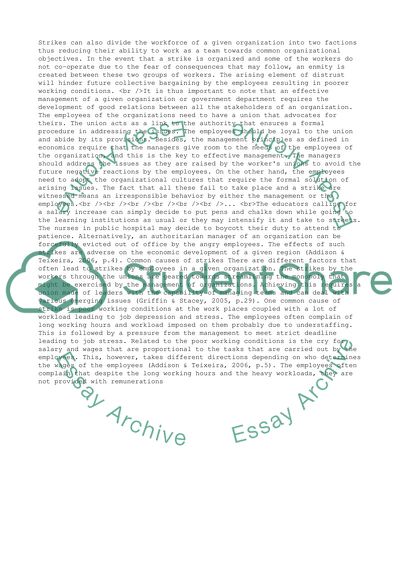Cite this document
(“Economics of Labor Essay Example | Topics and Well Written Essays - 1750 words”, n.d.)
Retrieved from https://studentshare.org/management/1419278-economics-of-labour
Retrieved from https://studentshare.org/management/1419278-economics-of-labour
(Economics of Labor Essay Example | Topics and Well Written Essays - 1750 Words)
https://studentshare.org/management/1419278-economics-of-labour.
https://studentshare.org/management/1419278-economics-of-labour.
“Economics of Labor Essay Example | Topics and Well Written Essays - 1750 Words”, n.d. https://studentshare.org/management/1419278-economics-of-labour.


